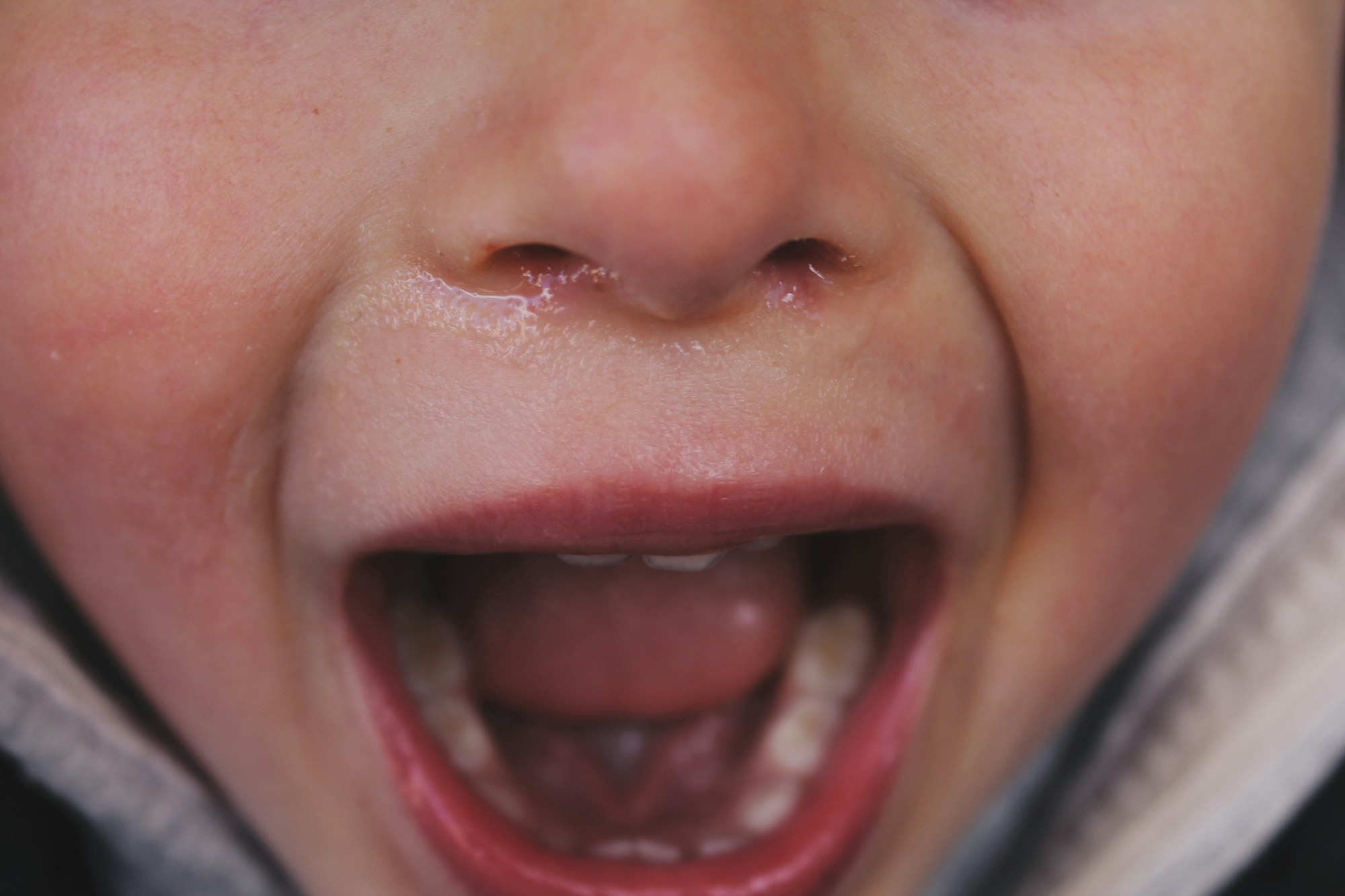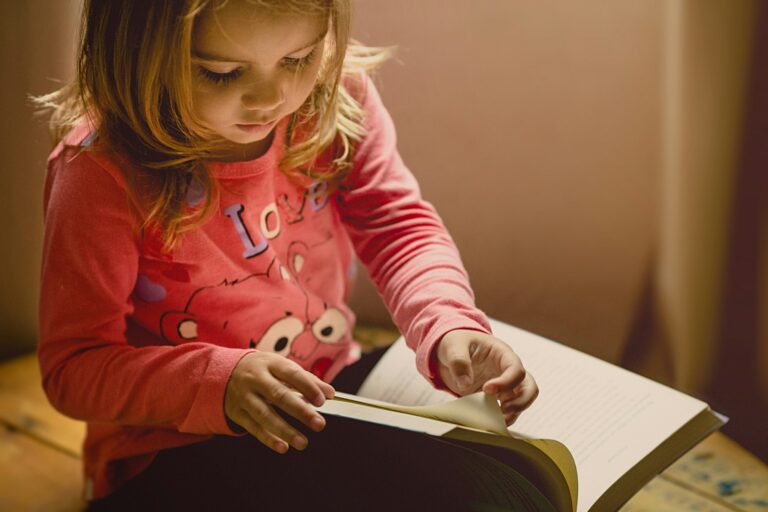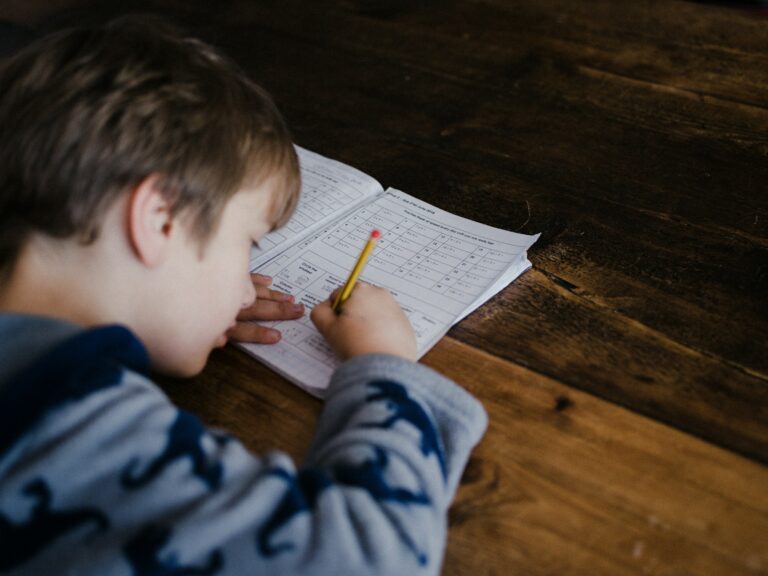How often do you find yourself pausing—mid-homework session, at the breakfast table, or even in the car—wondering why a seemingly minor obstacle can trigger a cascade of tears, shouts, or that infamous silent withdrawal? Frustration in child education is a daily visitor in many households, often arriving without warning, transforming ordinary moments into unexpected challenges. Every parent faces questions—why does my child struggle so fiercely with reading or math? Why does disappointment echo so loudly through the house after a setback, however small? Here, the focus turns to scientific explanations, simple and concrete strategies, and a deeply compassionate understanding of children’s developing minds. Expect a dive into the neuroscience of frustration, practical suggestions, and clear guidance on when and how adults can become a steady anchor amid the shifting currents of emotional overload.
Understanding Frustration in Child Education: Science and Everyday Reality
Let’s pull back the curtain on frustration in child education. In its essence, frustration is an emotional response—sharp, raw, sometimes explosive—flaring up when a child’s desires run headlong into unmovable limits. Imagine a child yearning for success or recognition, and instead confronted by a confusing math problem or a denied playdate. Neuroscience tells us this feeling is tightly connected to the brain’s reward system: when the anticipated reward is withheld, frustration triggers neural pathways involving the amygdala and prefrontal cortex. Essentially, the young brain is learning to recalibrate expectations and build resilience.
Children express this frustration in many hues—quick-tempered outbursts, all-encompassing silence, avoidance veering on procrastination, and sometimes through humor meant to shield them from embarrassment. Each reaction is a message, often misunderstood, about unmet needs or overwhelming obstacles.
The Many Faces of Frustration
- Academic frustration wears the face of unfinished homework, teary eyes over spelling errors, or the palpable dread before a test. Learning differences—like ADHD, where attention flickers and impulsivity reigns, or dyslexia, making each word a mountain to climb—further intensify the experience.
- Social frustration emerges when friendships unlatch, exclusion shadows school days, or playground disputes spiral out of control. Children may withdraw, overcompensate, or camouflage their unease beneath jokes or bravado.
- Emotional frustration is subtler, often manifesting in self-doubt, rigidity, or a seeming reluctance to engage. You might notice increased irritability, avoidance, or, for older children, harsh self-criticism.
Overlap is not only possible, but common; a child struggling academically may retreat socially, setting off a chain reaction that echoes through their confidence and daily routine.
Modern Pressures Amplify the Noise
Why is frustration in child education even more present now? Consider a landscape of unrelenting educational demands, fast-paced curricula, and digital environments amplifying comparison. Up to 60% of students, especially in core subjects, report regular academic frustration. Social networks and constant online interactions can blur the boundaries between home and classroom stress, creating a relentless feedback loop. Without tools to manage these feelings, persistent frustration may erode self-esteem or cloud a child’s outlook on school and themselves.
The Brain’s Perspective: Why Frustration Teaches More Than Success
Delving into the gears and switches of the developing brain, frustration in child education actually acts as a catalyst for growth, according to neuroscientific research. Children encountering repeated obstacles develop neural pathways that underpin patience, emotional regulation, and future-oriented planning. Clinical studies using brain imaging show that as children learn to handle disappointment, their prefrontal cortex (responsible for self-control and problem-solving) matures, while amygdala responses—even those associated with anger or anxiety—become gradually tempered.
Encountering frustration isn’t just a test; it’s part of the curriculum. Children learn:
- Patience: Realizing that rewards don’t always come instantly—and sometimes, not at all—nurtures the ability to pause, wait, and reflect.
- Perseverance: Repeated attempts, despite failure, grow synaptic connections linked to resilience and the coveted “growth mindset”—the belief that ability can expand with effort.
- Social competence: Everyday disputes—be it a denied cartoon or a sibling squabble—offer a stage to practice negotiation, self-soothing, and compromise.
One could even argue that frustration is the unsung teacher in every classroom and home.
The Adult’s Influence: Guiding Children Through Turbulent Waters
Children, particularly when young, experience frustration in child education as a tidal wave that can knock them off balance. For a toddler, a denied cookie can be as devastating as a failed exam is to a teenager. So, what really helps?
- Modeling calm: Demonstrating measured reactions to setbacks, naming your own emotions, and inviting your child to talk about theirs transforms you into a powerful role model.
- Scaffolded guidance: Instead of immediately fixing a problem, offer supportive steps—ask probing questions, encourage brainstorming, and provide reassurance. Collaborative problem-solving not only empowers your child but also deepens your connection.
- Consistent boundaries: While comfort is critical, so is gentle firmness. Boundaries create safety, even if initially met with protest.
Chronic frustration can heighten cortisol—known as the “stress hormone”—which, when unregulated, may impact everything from sleep to cognition. Recognizing when to support and when to consult professionals, such as child psychologists or occupational therapists, can be transformative.
Strategies in Action: Turning Obstacles Into Opportunities
How can busy parents bring structure to the chaos? One effective method is the “Yes, but first” approach. Instead of an outright “No”, try: “Yes, you can play outside, but first tidy up your toys.” This links reward with action—teaching delayed gratification.
Alternatively, requiring your child to wait while you finish a task (“Yes, but first I need to finish this call”) escalates the challenge, guiding them toward self-regulation and patience.
Don’t overlook the power of praise. Research demonstrates that positive reinforcement—when specific and genuine—releases dopamine, further motivating healthy coping behaviors and boosting self-esteem.
Decoding the Roots of Frustration in Child Education
Academic Triggers
Often, frustration in child education traces back to unrealistic demands or materials exceeding a child’s developmental stage. Children with learning disabilities (such as ADHD or dyslexia) contend daily with neurological barriers—brief attention spans, slow information processing, or strong aversion to repetitive failure. Without adaptive strategies, repeated frustration can sap motivation and foster a phenomenon known as “learned helplessness,” where children abandon effort, anticipating defeat.
Emotional and Motivational Considerations
Sometimes, motivation and frustration are intertwined. Disconnection from a subject, poor study habits, or underdeveloped executive function skills (planning, organization, impulse control) create recurring stumbling blocks. Test anxiety, often rooted in fear of failure or adult judgment, can amplify avoidance and further diminish engagement.
The Learning Environment
Imagine a noisy classroom, unpredictable routines, or a cluttered workspace. Each can heighten frustration in child education. Add social tensions—bullying, rigid peer groups, or misunderstanding from adults—and the emotional load can quickly multiply. Structuring smooth routines and maintaining open communication about frustrations allows children to reframe setbacks as manageable, not catastrophic.
Recognizing the Signs: Behavioral and Academic Warning Lights
Frustration rarely knocks politely; it often arrives in disguise:
- Tantrums, aggression, or withdrawal: Emotional overload can present as explosive outbursts or as quiet retreat.
- Avoidance or procrastination: Opposing homework, procrastinating on tasks, and sidestepping responsibilities might point to deeper frustration.
- Self-doubt or blaming: “I’ll never be good at math,” or “It’s always the teacher’s fault.” These signals indicate the internalization of defeat.
Academically, declining grades, incomplete assignments, and a refusal to attempt difficult tasks are warning signs, as are social changes like irritability, withdrawal from friends, or clinging to familiar routines.
What Happens If Frustration Persists?
Left unchecked, frustration in child education has a measurable impact—both short-term and long-term. Short-lived frustration can trigger outbursts, tears, or anxiety. When chronic, it correlates with low self-esteem, absenteeism, academic decline, and a heightened risk for anxiety or depressive symptoms. Research highlights that ongoing stress influences the hippocampus and prefrontal cortex, areas responsible for learning and regulation, potentially dampening memory and impulse control.
Tailoring Support for Every Child: Special Situations
Children with Learning Disabilities
Early identification and individualized plans—think IEPs (Individualized Education Programs), multisensory approaches, extra time, and emotional check-ins—don’t just boost academic progress but foster resilience. Encouraging children to advocate for their own needs and celebrate small gains arms them with tools for lifelong success.
Gifted or Talented Learners
Boredom or lack of adequate stimulation can be just as frustrating. Here, differentiation, enrichment opportunities, and a focus on a growth mindset—viewing every error as a stepping stone to mastery—prevent disengagement and nurture adaptability.
Online and Remote Learning
Technical hiccups, isolation, and vague schedules are fertile ground for frustration. Establishing clear routines, regular breaks, and accessible educational technology curbs stress and sustains engagement.
Recognizing, Responding, and Reframing: Adults as Emotional Guides
Observation remains the parent’s best diagnostic tool. Notice when and where frustration appears most acutely. Start age-appropriate conversations to help your child name and understand the feelings at play. If frustration seems excessive or persistent, working alongside educators and—when necessary—healthcare providers ensures support is accurately tailored.
Practical Tips for Home and School: Reducing Frustration’s Grip
Home Strategies
Construct an environment that feels predictable yet flexible. Declutter workspaces, set visual schedules or to-do checklists, and break larger tasks into manageable steps. Openly discuss setbacks: “That was difficult today—how did it make you feel?” Emotional vocabulary empowers your child to tackle obstacles instead of avoiding them. Model calm when frustration flares, and acknowledge every effort, not just success.
Classroom Solutions
Adaptive teaching—tailoring methods to suit diverse learners—alongside positive reinforcement for perseverance as well as achievement, helps normalize frustration as part of growth. Ongoing school-family communication ensures children feel seen, heard, and supported.
Raising Resilient, Self-Regulating Children
Practice mindfulness exercises with your child—deep breathing, short meditations, or progressive muscle relaxation. Use role-play to develop conflict resolution skills. Integrate organizational aids: visual timers, checklists, or gamified apps, gently nudging executive skills forward.
Frame mistakes as powerful moments: “Every setback is a chance for your brain to grow.” Self-reflection and steady encouragement help redefine what “failure” truly means.
Everyday Tools: Turning Theory Into Action
- Mindfulness and relaxation: Breathing techniques, guided imagery, short meditation sessions.
- Social-emotional skill building: Simple role-plays, stories about overcoming setbacks, and group discussions.
- Gamified learning: Use adaptive apps that reward effort, track progress, and adjust to your child’s strengths and weaknesses.
- Time management aids: Visual schedules, alarms, and step-by-step checklists reduce the sense of overwhelm and foster autonomy.
Real-Life Scenes: Stories of Transformation
Notice the girl who, after months of despondence over reading, blossomed when setbacks were normalized and her effort celebrated. The boy once defeated by math now beams with confidence thanks to peer support and targeted recognition. A child with dyslexia, supported with structured, multisensory instruction, gradually moved from avoidance to self-advocacy. Even the 8-year-old with ADHD, once overwhelmed by homework, flourished with clear routines, regular movement breaks, and coaching in naming emotions.
In every story, a supportive adult, simple strategies, and a dash of persistence turned frustration’s sting into fuel for growth.
Key Takeaways
- Frustration in child education is a normal, sometimes intense, but manageable aspect of learning and maturation.
- Children build perseverance, patience, problem-solving skills, and social competence through repeated practice with emotional setbacks.
- Adults help most by modeling calm responses, offering scaffolded support, and recognizing effort alongside accomplishment.
- Individualized strategies—routines, emotional vocabulary, mindfulness, and positive feedback—create the scaffolding every child needs to thrive.
- If frustration feels overwhelming, remember: healthcare professionals, therapists, and dedicated educational resources exist for your family.
- For personalized tips and free health questionnaires tailored to your child, explore the Heloa app.
Each challenge, faced with empathy and structure, isn’t an obstacle—it’s a stepping stone on your child’s journey toward confidence, resilience, and joyful learning.
Questions Parents Ask
Why does my child get frustrated so quickly during learning activities?
Some children may become frustrated rapidly when learning because they find the material challenging, feel pressure to succeed, or compare themselves to others. Emotional sensitivity and perfectionism can also play a role in heightened frustration. Rassurez-vous, these reactions are part of many children’s learning experiences. You can help by offering patient encouragement, celebrating small successes, and providing step-by-step support to build confidence.
What can I do if my child loses motivation after getting frustrated?
It’s not always easy to see your child lose enthusiasm for learning after a setback. Creating a supportive environment where effort is noticed, not just results, can make a big difference. Try breaking tasks into smaller parts, setting realistic and reachable goals, and encouraging regular breaks. Remind your child that learning new things takes time and reassure them that it’s normal to feel challenged. Over time, these small steps can gently boost motivation and resilience.
How can parents help children build frustration tolerance?
Building frustration tolerance is a gradual process. Simple activities like puzzles or games with increasing difficulty can help your child learn to cope with minor setbacks in a safe environment. When frustration appears, naming the emotion and practicing calming techniques together—like deep breathing or taking a pause—can ease the intensity. Most importantly, showing warmth and letting your child know that frustration is natural and temporary provides essential reassurance. With your continued support, your child will become more comfortable facing obstacles and bouncing back.









